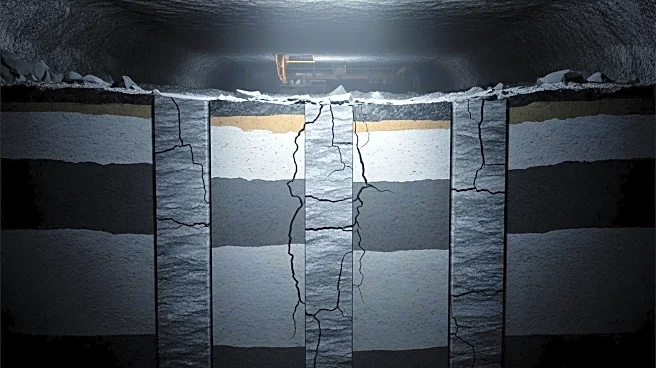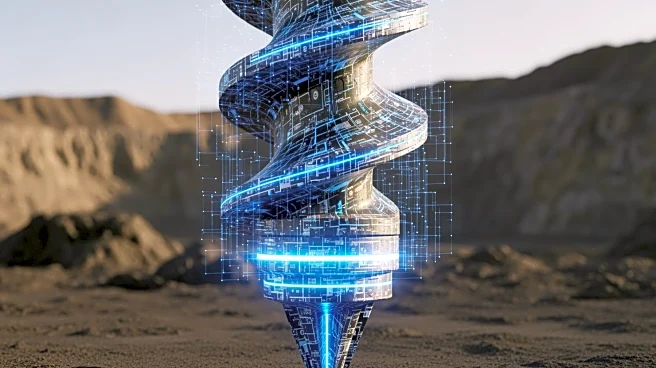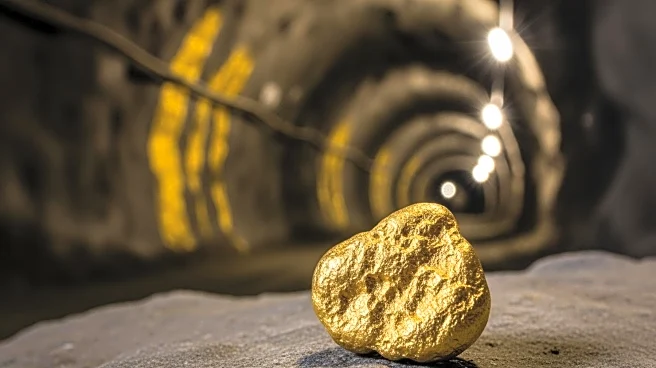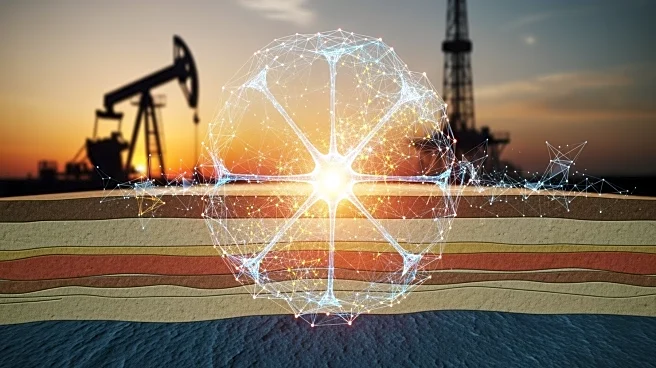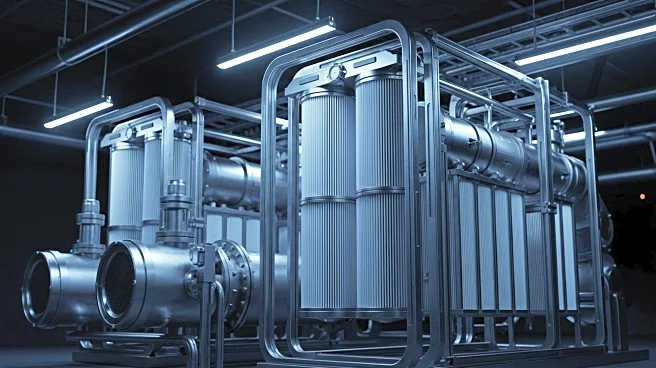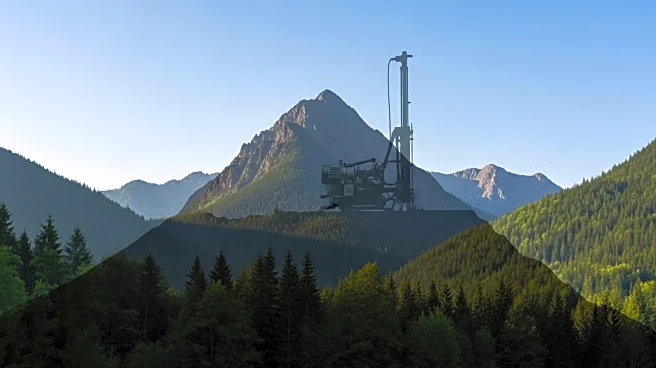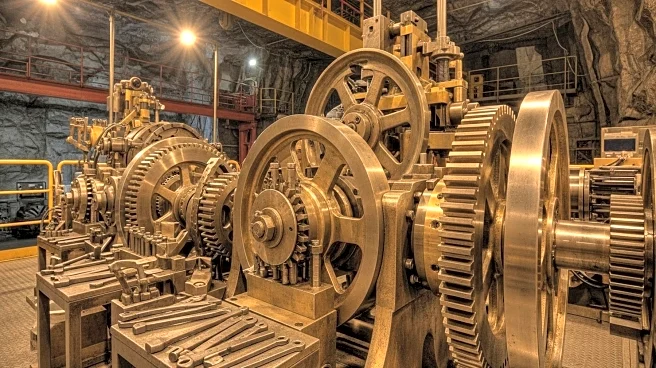What's Happening?
A recent investigation has focused on the long-term damage evolution of strip coal pillars, utilizing laboratory experiments and numerical modeling to understand stress distribution and failure processes. The study introduces a fractal-order-based creep model to describe the viscoelastic and viscoplastic behavior of coal during deformation. Numerical modeling was conducted using OpenGeoSys software, simulating the creep deformation of water strip coal pillars over a 50-year period. The research aims to validate the model against in situ measurement data, providing insights into ground settlement and coal pillar damage.
Why It's Important?
Understanding the creep behavior and damage evolution of coal pillars is crucial for mining safety and environmental management. The study's findings can help predict and mitigate ground settlement and structural failures in mining areas, potentially preventing accidents and reducing economic losses. Accurate modeling of coal pillar behavior also aids in the design of safer mining operations and informs policy decisions regarding resource extraction and land use.
Beyond the Headlines
The research highlights the importance of integrating advanced modeling techniques with real-world data to improve predictions of geological phenomena. It underscores the need for continuous monitoring and adaptation of mining practices to ensure safety and sustainability. The study also contributes to the broader understanding of material behavior under stress, with implications for other industries dealing with similar challenges.
